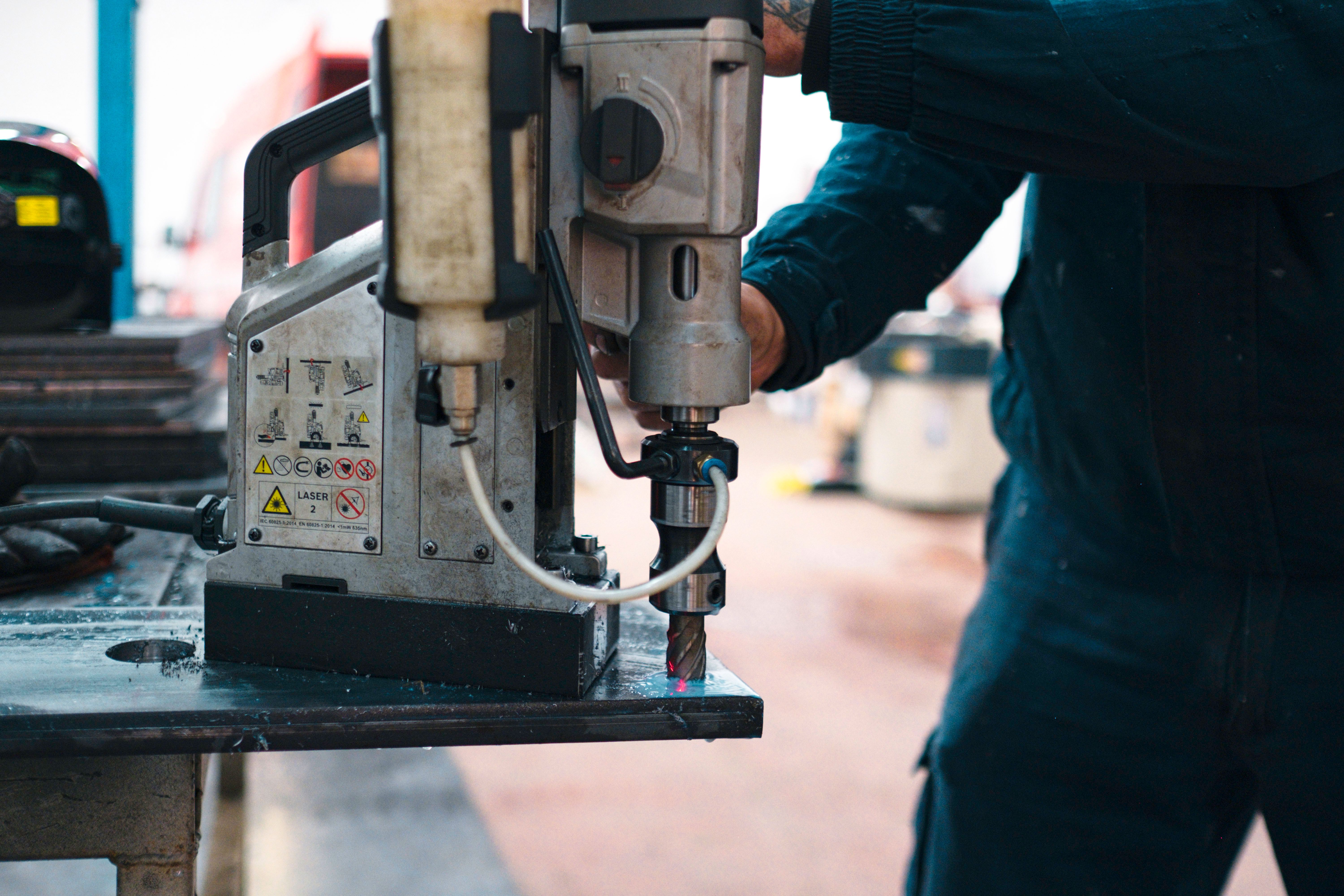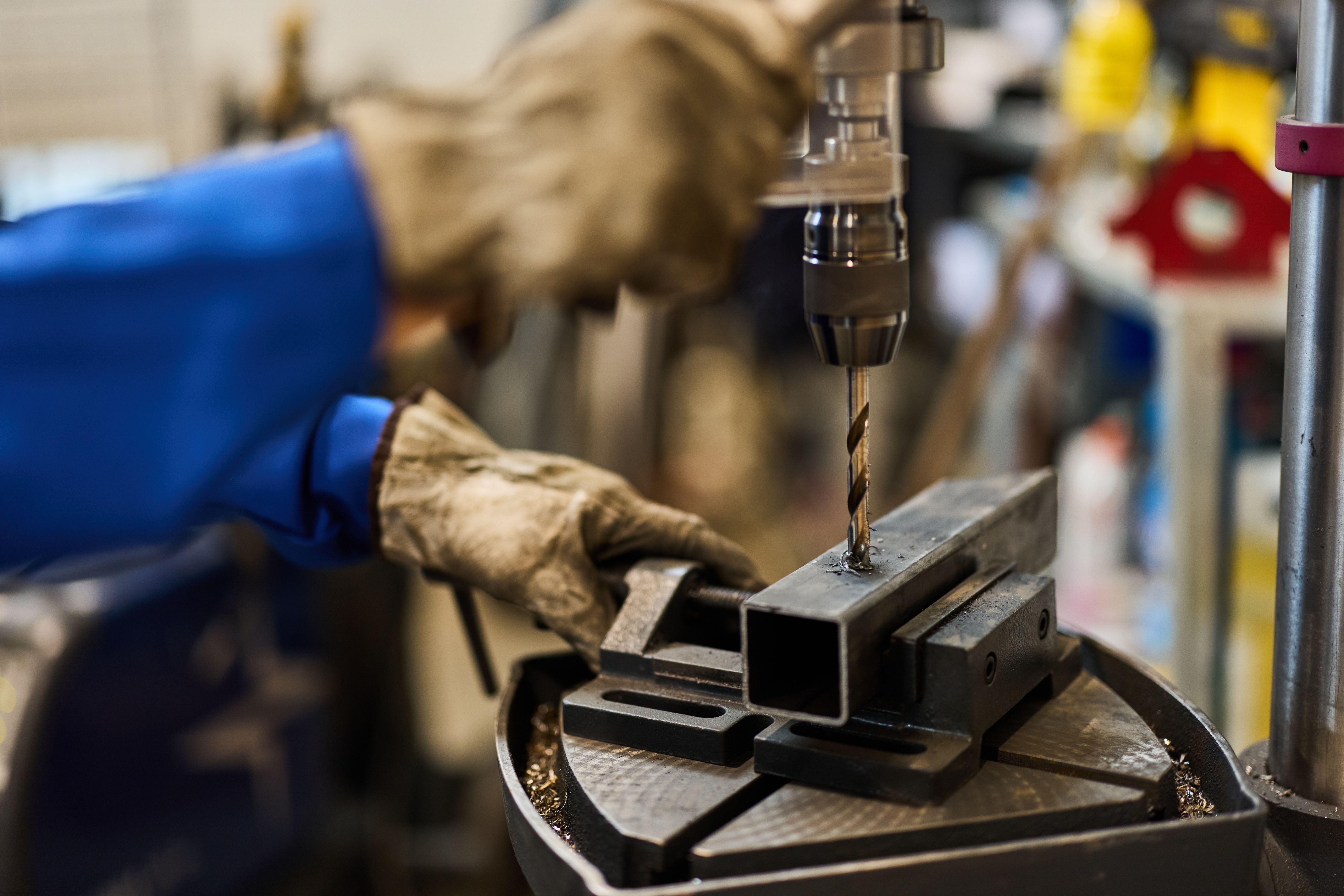Safe Magnet Drill Usage: Expert Tips and Best Practices
RR
Understanding Magnet Drills
Magnet drills, also known as magnetic drill presses, are powerful tools used for drilling holes into steel and other metals. They are highly valued in construction and fabrication for their precision and efficiency. However, like any powerful machinery, they require careful handling to ensure both safety and optimal performance.
One of the key features of a magnet drill is its electromagnetic base, which secures the drill to the metal surface, allowing for accurate drilling. This feature is particularly useful when working on vertical or overhead surfaces, where stability is crucial. Understanding how to properly use and maintain a magnet drill is essential for anyone in the industry.

Safety Precautions
When operating a magnet drill, safety should always be your top priority. Here are some essential safety tips to follow:
- Wear protective gear: Always wear safety goggles, gloves, and ear protection to shield yourself from flying debris and noise.
- Ensure a secure setup: Make sure the electromagnetic base is firmly attached to a clean, flat metal surface before starting the drill. This will prevent slips and ensure accurate drilling.
- Check the drill: Regularly inspect the drill for any signs of wear or damage. Replace worn-out parts promptly to maintain safety and efficiency.
Using the Drill Correctly
Proper usage of a magnet drill is crucial not only for safety but also for achieving the best results. Here are some expert tips:
- Choose the right bit: Use the correct drill bit for the material you're working with to prevent damage and ensure a clean cut.
- Set the correct speed: Adjust the drill's speed according to the material and bit type. Generally, harder materials require a slower speed.
- Apply steady pressure: Exert consistent pressure while drilling. Too much force can overheat the bit or damage the material.

Maintenance and Care
Regular maintenance of your magnet drill will prolong its lifespan and enhance performance. Here are some maintenance tips:
- Clean regularly: After each use, clean the drill and its components to remove metal shavings and dust.
- Lubricate moving parts: Apply lubricant to moving parts to prevent rust and ensure smooth operation.
- Check electrical connections: Inspect cables and plugs for any signs of wear or damage, replacing them as necessary.
Conclusion
By following these expert tips and best practices, you can ensure safe and effective usage of your magnet drill. Whether you're a seasoned professional or a beginner in metalworking, understanding the intricacies of your tools is key to achieving high-quality results while maintaining safety standards.
